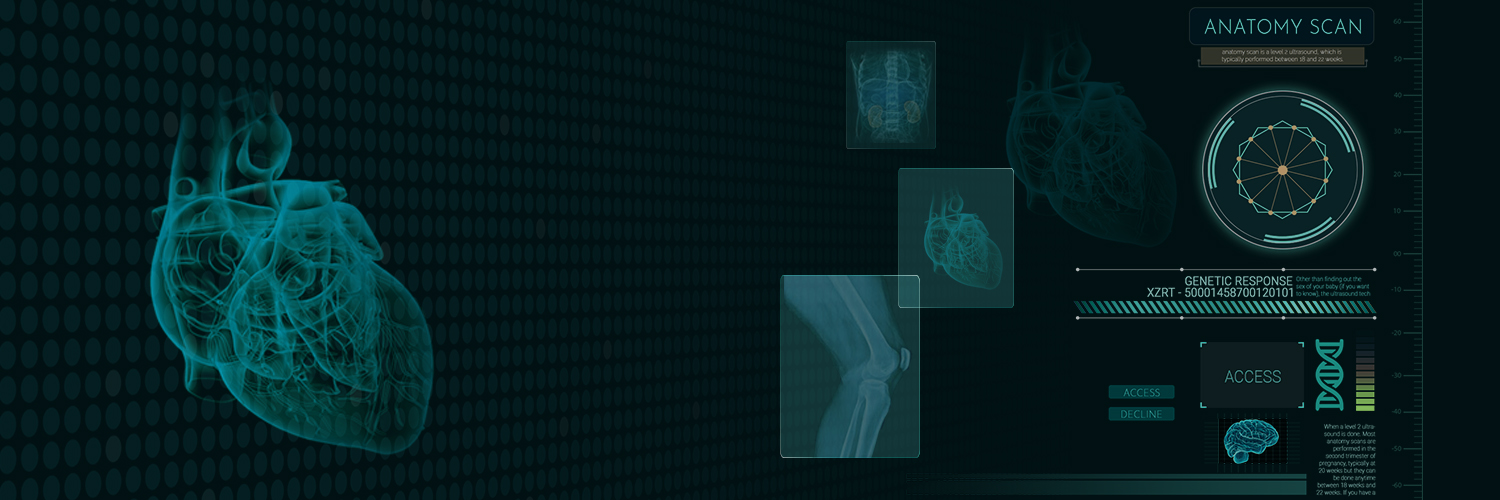ENVIRONMENT:
Environment is defined as sum total of all conditions that affect the development and life organisms.
WHAT HAPPENS WHEN WASTE IS ADDED TO THE ENVIRONMENT?
- With the increasing population, more resources are utilized to satisfy human needs and demands.
- There are currently 7.4 billion inhabitants on the Earth and the growth in population is continual. So, resources are expected to be exploited further.
- More land, water, food, oil, factories will be required generating more waste.
- There are used stationary items including pens with plastic bodies, rulers, sharpeners, pencils made of wood, glass bottles, empty medicine bottles, clothes and shoes that are old and torn, etc.
- However, all these disposed materials do not decompose and disappear, when dumped on the Earth.
- On this basis, resources can be classified into two types: biodegradable and non-biodegradable.
BIODEGRADABLE AND NON-BIODEGRADABLE SUBSTANCES
BIODEGRADABLE SUBSTANCES
- Substances that are broken down into simpler substances by biological processes carried out by certain kinds of micro-organisms, and hence are decomposed eventually, are said to be biodegradable.
- Examples of biodegradable materials are : Animal bones; Leather; Tea-leaves; Wool; Paper; Wheat; Wood; Hay; Cotton; Jute; Grass; Fruit and vegetable peels; Leaves, Flowers, and Cake, etc.
NON-BIODEGRADABLE SUBSTANCE
- The waste materials which cannot be broken down into non-poisonous or harmless substance in nature by the action of certain bacteria and other micro-organisms and do not get decomposed easily are called non-biodegradable wastes.
- The examples of non-biodegradable waste are; D.D.T. (Dichlorodiphenyltrichloroethane); Plastic; Polythene bags; Ball-point pen refill; Synthetic fibres; Glass objects; Metal articles like Aluminium cans; Iron nails; Silver foil and Radioactive wastes.
- D.T. is a non-biodegradable waste so it can be passed along the food chain from crops to man or other animals and birds and harms them.
EFFECTS OF NON-BIODEGRADABLE SUBSTANCES
- These substances may be inert
- These might pass on to the food chain.
- They simply persist in the environment for a long time or may harm the various members of the eco-system.
